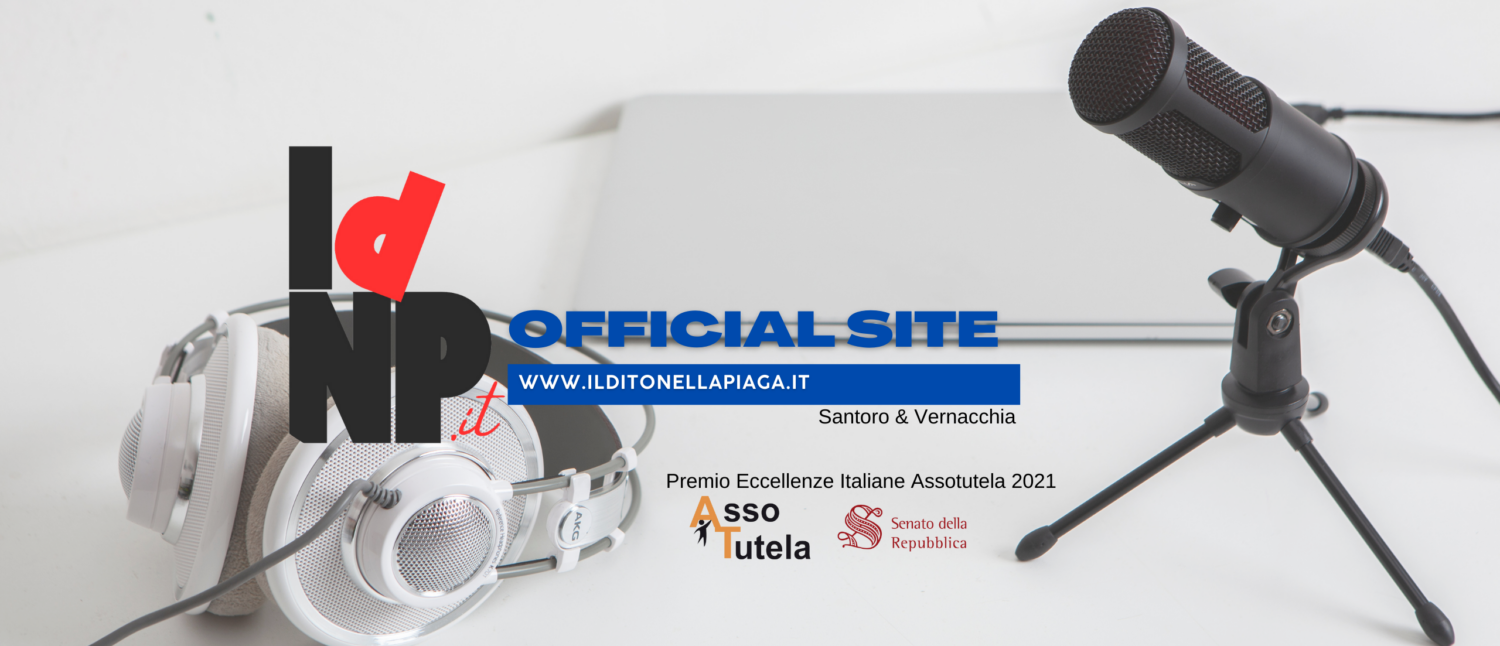Ripristino della barriera cutanea con l’uso topico di due formulazioni di acqua in olio di dexpantenolo al 5% su pelle appena tatuata: risultati di uno studio prospettico in singolo cieco
In Western countries, the prevalence of
tattooed people currently ranges from
10% to 30%, and continues to rise (Kluger,
2015; Kluger and De Cuyper, 2018). Following a
tattooing session, an acute aseptic inflammatory
reaction develops and the skin is warm and
sensitive to touch; this occurs irrespective of the
size of the tattoo or the length of the session
(Sperry, 1992; Kluger, 2012). Since the epidermis
is repeatedly punctured by the tattoo needle to
introduce pigments and dyes into the dermis, the
stratum corneum skin barrier is also violated and
has to undergo a repairing process (Sperry, 1991).
If the skin barrier is damaged, there will be
an increased loss of water, electrolytes and
proteins, and an increased risk for infections
(Simunovic and Shinohara, 2014; Antonov
et al, 2016). A fresh tattoo that becomes
infected or undergoes physical trauma (e.g.
scratching because of dry skin) may not heal
(Liszewski et al, 2016). Therefore, an adequate
aftercare is critical for achieving successful
skin barrier restoration and wound healing
(Kluger and De Cuyper, 2018). In the absence
of complications, it normally takes 2–4
weeks until the skin is healed after tattooing
(Kluger, 2012; Tucker, 2012).
Per scaricare la versione in PDF digita –> QUI
[Tratto da: www.woundsinternational.com ]








